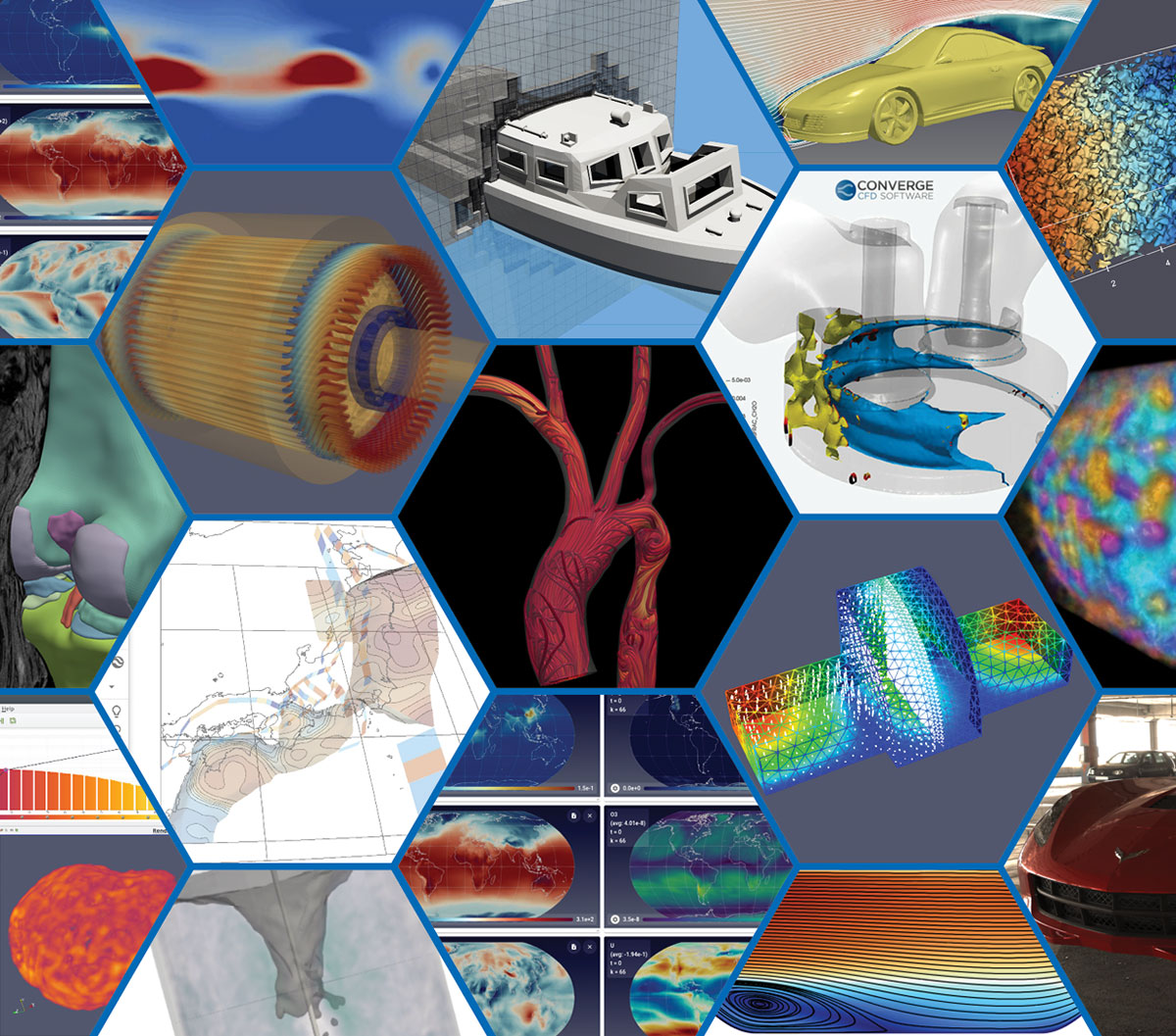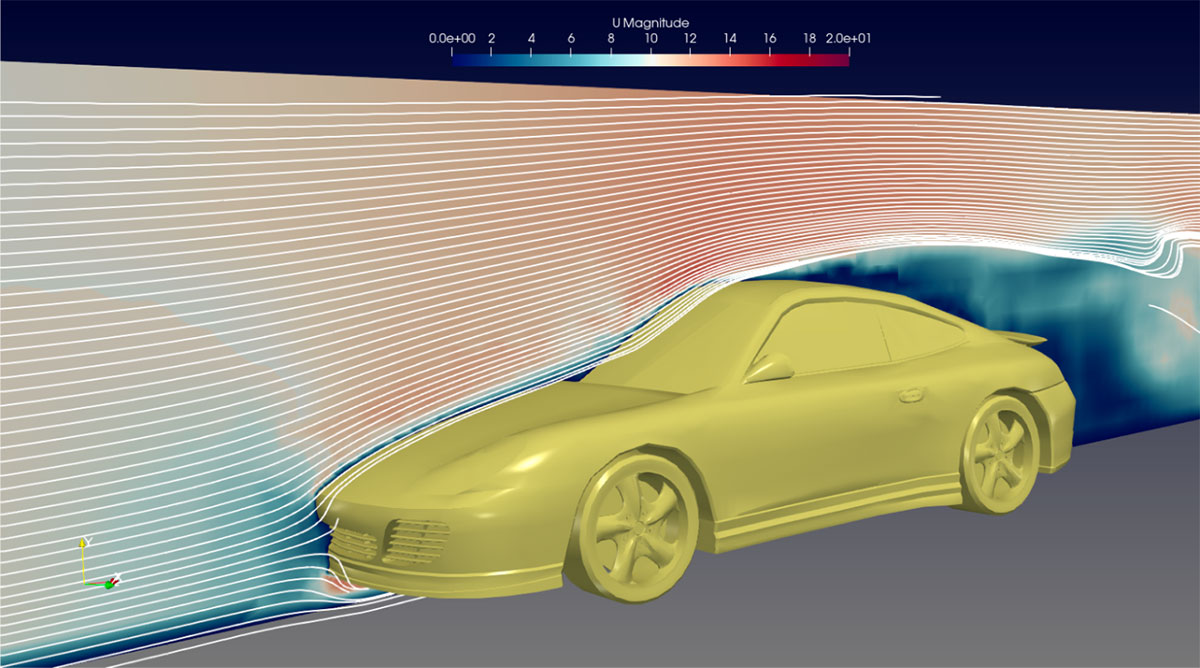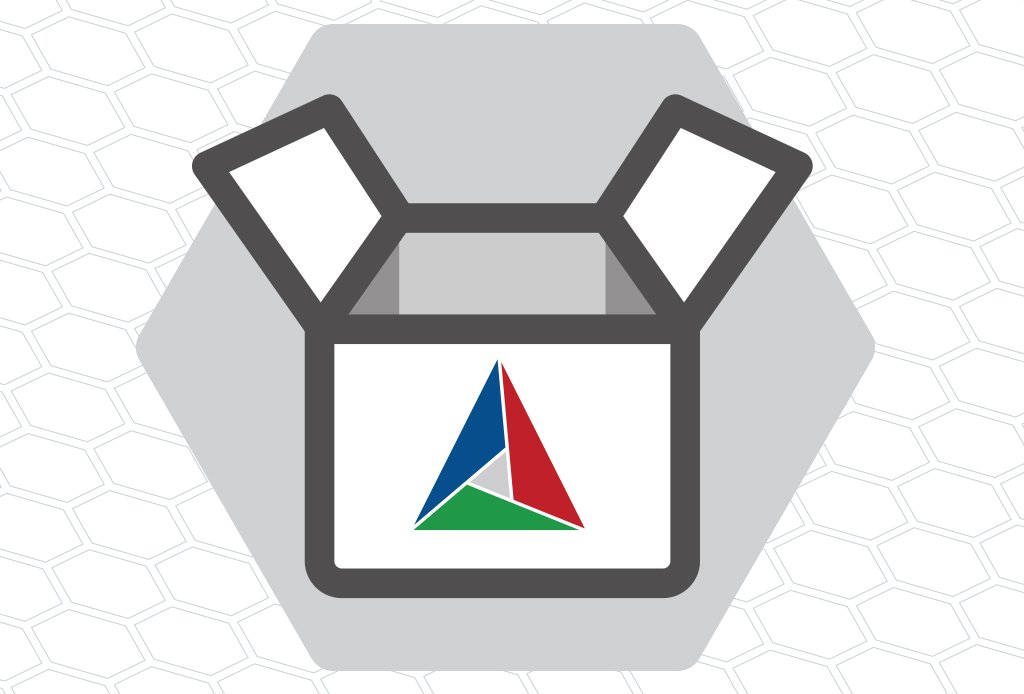Tackle the Full Simulation Lifecycle With CMB
The Computational Model Builder (CMB) leverages several powerful open-source tools and integrates them into an application framework that can be readily adapted to specific problem domains. CMB pulls the together tools and simulation codes such as Open-Cascade, Nek5000, Hydra-TH, DAKOTA, PHASTA, ParaView, MOAB, Albany, and MeshKit into a cohesive, end-to-end framework. This application framework approach allows scientists and engineers to focus on their domain expertise rather than worrying about the integration of disparate software and simulation codes. CMB is part of Kitware’s collection of commercially supported open-source platforms for software development.
CMB News
Kitware Platforms
Download the latest release of CMB
Develop input models for computational simulations with ModelBuilder
Represent geometric models and meshes with SMTK
Get support or consulting service for CMB







